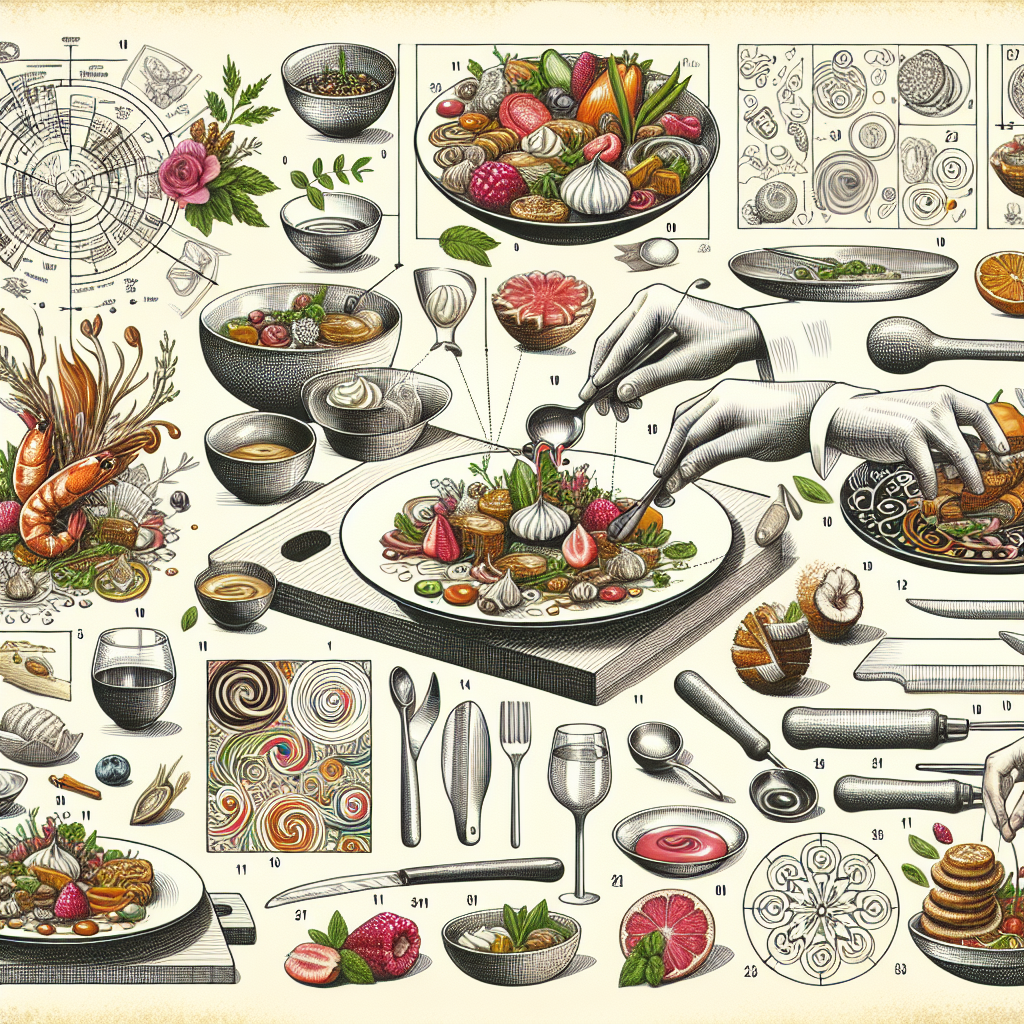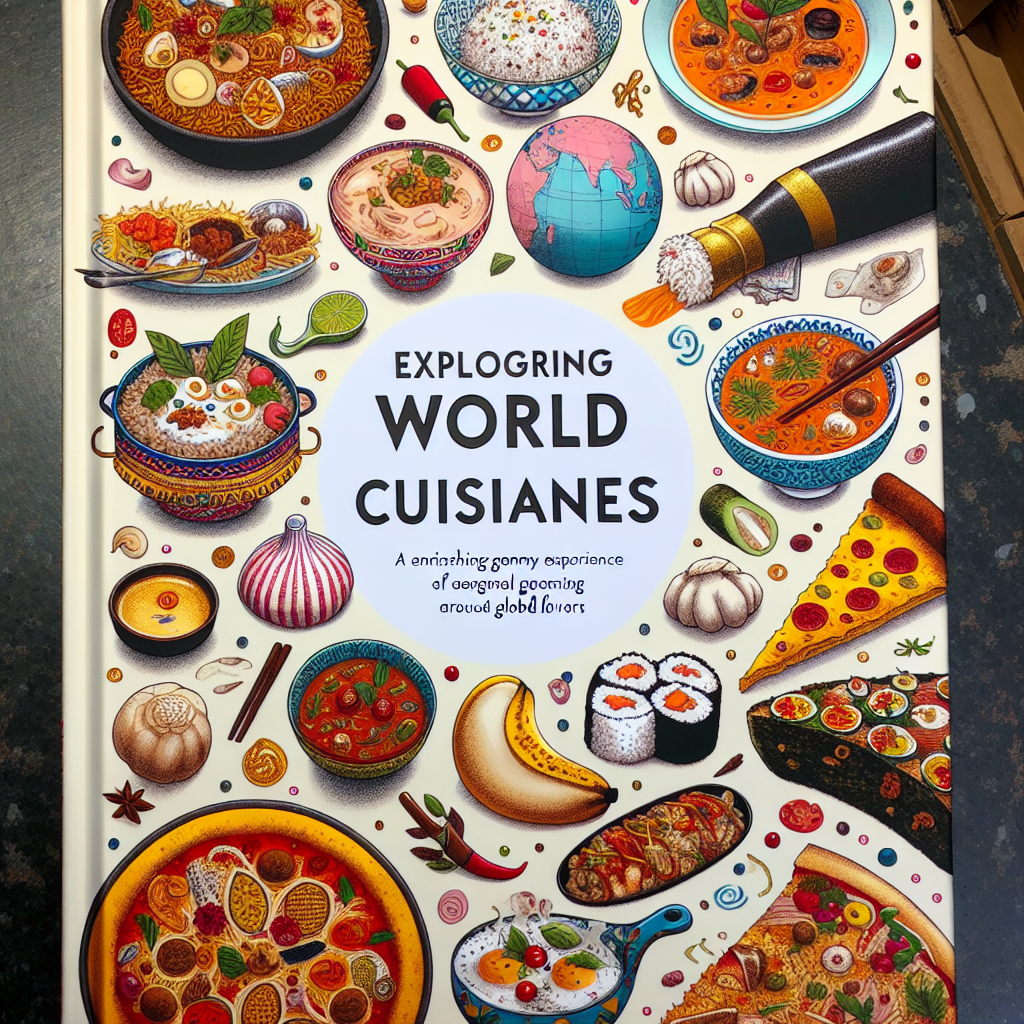
The Importance of Plating in Culinary Presentation
Have you ever been to a restaurant and been blown away by the presentation of the food? The way it was plated and arranged on the plate made it look like a work of art. This is the art of plating, and it is an essential aspect of culinary presentation. Plating is not just about making the food look pretty; it is about creating a visual experience that enhances the overall dining experience.
When it comes to food, we eat with our eyes first. The way a dish is presented can greatly influence our perception of its taste and quality. Imagine being served a plate of food that is haphazardly thrown together, with no thought given to its presentation. It would not be very appetizing, would it? On the other hand, a beautifully plated dish can make even the simplest of ingredients look elegant and enticing.
The art of plating involves a combination of techniques and principles that chefs use to create visually appealing dishes. One of the most important aspects of plating is balance. A well-balanced plate is visually pleasing and creates a sense of harmony. This can be achieved by arranging the different components of the dish in a way that is visually appealing. For example, placing a protein at the center of the plate and surrounding it with colorful vegetables can create a visually striking composition.
Another important aspect of plating is the use of color. Color can greatly enhance the visual appeal of a dish. Chefs often use a variety of colorful ingredients to create a visually stunning plate. They also pay attention to the color contrast between different components of the dish. For example, pairing a vibrant green vegetable with a deep red sauce can create a visually striking contrast that is pleasing to the eye.
Texture is also an important consideration when it comes to plating. Combining different textures can add depth and interest to a dish. Chefs often use a combination of crispy, crunchy, and creamy textures to create a well-rounded plate. For example, pairing a crispy piece of fried chicken with a creamy sauce and a crunchy vegetable can create a delightful textural contrast.
In addition to balance, color, and texture, chefs also consider the overall shape and arrangement of the dish. They use different plating techniques to create visually appealing compositions. For example, they may use the stacking technique, where different components of the dish are stacked on top of each other to create height and visual interest. They may also use the drizzling technique, where a sauce or dressing is drizzled over the plate in an artistic manner.
The art of plating is not just limited to high-end restaurants. It can be applied to home cooking as well. By paying attention to the presentation of your dishes, you can elevate your home-cooked meals to a whole new level. Start by considering the balance, color, and texture of your dish. Arrange the different components in a visually appealing way and use different plating techniques to create a beautiful presentation.
In conclusion, the art of plating is an essential aspect of culinary presentation. It involves a combination of techniques and principles that chefs use to create visually appealing dishes. By paying attention to balance, color, texture, and arrangement, chefs can create plates that are not only delicious but also visually stunning. So, the next time you cook a meal, take a moment to consider how you can elevate the presentation of your dish. Remember, we eat with our eyes first, so make it a feast for the eyes as well as the taste buds.

